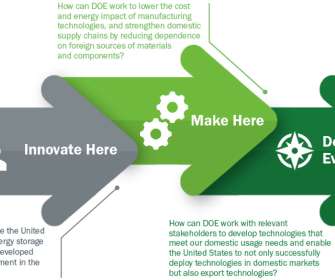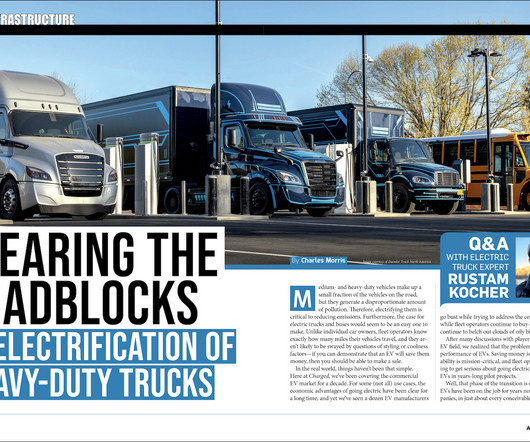DOE releases Energy Storage Grand Challenge Roadmap; 44% reduction in manufactured cost for 300-mile EV pack by 2030
Green Car Congress
DECEMBER 22, 2020
With six use cases that identify energy storage applications, benefits, and functional requirements for 2030 and beyond, the ESGC has identified cost and performance targets, which include: $0.05/kWh kWh levelized cost of storage for long-duration stationary applications, a 90% reduction from 2020 baseline costs by 2030.















Let's personalize your content